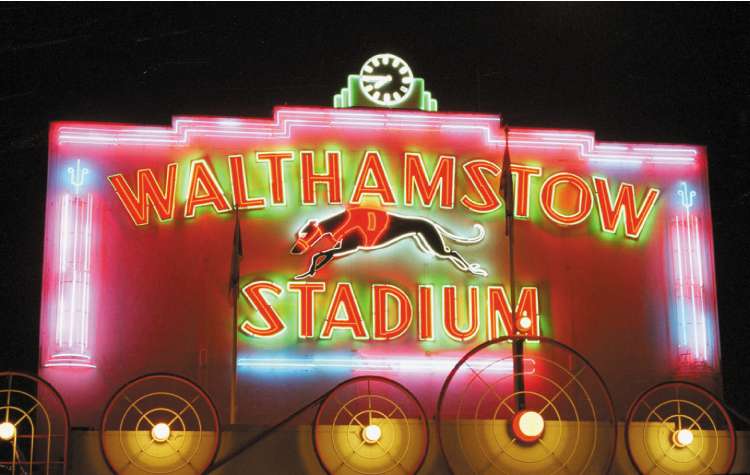After 75 years, dog track has finally run its course

Your support helps us to tell the story
From reproductive rights to climate change to Big Tech, The Independent is on the ground when the story is developing. Whether it's investigating the financials of Elon Musk's pro-Trump PAC or producing our latest documentary, 'The A Word', which shines a light on the American women fighting for reproductive rights, we know how important it is to parse out the facts from the messaging.
At such a critical moment in US history, we need reporters on the ground. Your donation allows us to keep sending journalists to speak to both sides of the story.
The Independent is trusted by Americans across the entire political spectrum. And unlike many other quality news outlets, we choose not to lock Americans out of our reporting and analysis with paywalls. We believe quality journalism should be available to everyone, paid for by those who can afford it.
Your support makes all the difference.For 75 years, the pink and green neon-lit sign that crowns the entrance to Walthamstow Stadium in east London has stood as one of greyhound racing's most iconic symbols.
To fans, the venue is one of the finest in the country to watch the sport. For animal rights activists who picket the gates on race nights, it is one of the last remaining bastions of a declining and inhumane pastime.
In August, however, the lights will finally go out at Walthamstow. Falling profits and attendances have forced the stadium's owners to sell the land to developers. Charles Chandler, whose family have owned the course since it opened in 1933, said yesterday: "With all of the principal income streams in sharp decline, and general running costs rising relentlessly, the company's operations have become unsustainable."
The loss of such a prominent stadium will come as a major blow to the greyhound racing industry, which is struggling to attract new punters. Over the past 10 years, at least 20 licensed and independent stadiums have closed for good.
More than four million people ayear bet an estimated £2.9bn on dog racing but, despite enjoying a brief renaissance in the 1990s, the sport has had difficulty keeping up attendances. Changing perceptions of the sport, coupled with punters favouring the betting shops rather than race tracks, has seen the numbers of people going for a "night at the dogs" drop dramatically.
In London, the industry has been hit particularly hard. At the height of dog racing's appeal in the 1950s, up to 100,000 people attended race nights at White City Stadium and the capital boasted more than 30 dog tracks. After Walthamstow closes this summer, only two will be left: Wimbledon and Romford.
Last night, online greyhound racing forums were filled with comments by fans lamenting the closure. "If Walthamstow can be closed down that easily, God help the other stadiums," said one.
Lord Lipsey, chairman of the British Greyhound Racing Board, said that Walthamstow would be sorely missed. "While no one who follows events at Walthamstow will be hugely surprised by this very sad news, it is a great pity to lose one of the sport's flagship venues at a time when attendances at other stadia appear to be increasing. My sympathies go out to the owners, trainers and kennel staff connected to the track, to all the staff, track bookmakers and the racegoers who have helped make greyhound racing at Walthamstow the wonderful experience it is and always has been."
Animal rights activists, who claim greyhound racing is a cruel to dogs, reacted with glee. "We are absolutely delighted to hear the news," said Tony Peters, of the Greyhound Action group. "We have been campaigning outside Walthamstow every weekend for the past year and I would like to think that has had a significant impact on attendance figures."
Animal welfare groups claim that up to 15,000 greyhounds a year are put down after failing to make the grade for racing, while a further 500 die from racing itself. Thousands more are put down after they retire.
A Government report last year into welfare standards within dog racing after a builder from County Durham was discovered to have killed hundreds of dogs on his land for £10 each. The report, by the former farming minister Lord Donoghue, said standards in greyhound racing "needed to change" and called for improvements in dog welfare.
Join our commenting forum
Join thought-provoking conversations, follow other Independent readers and see their replies
Comments